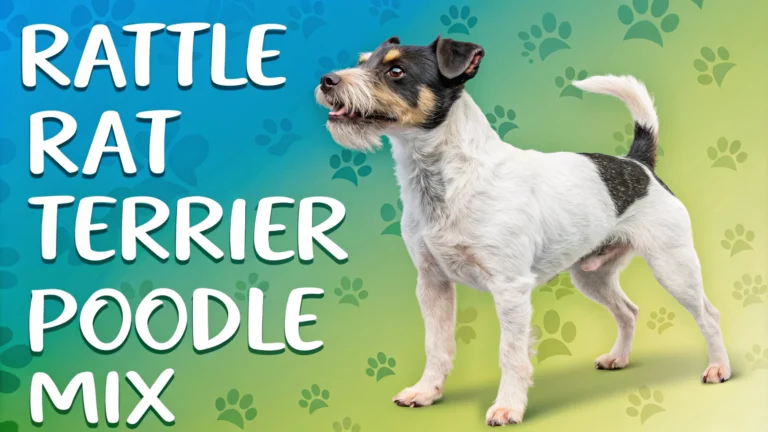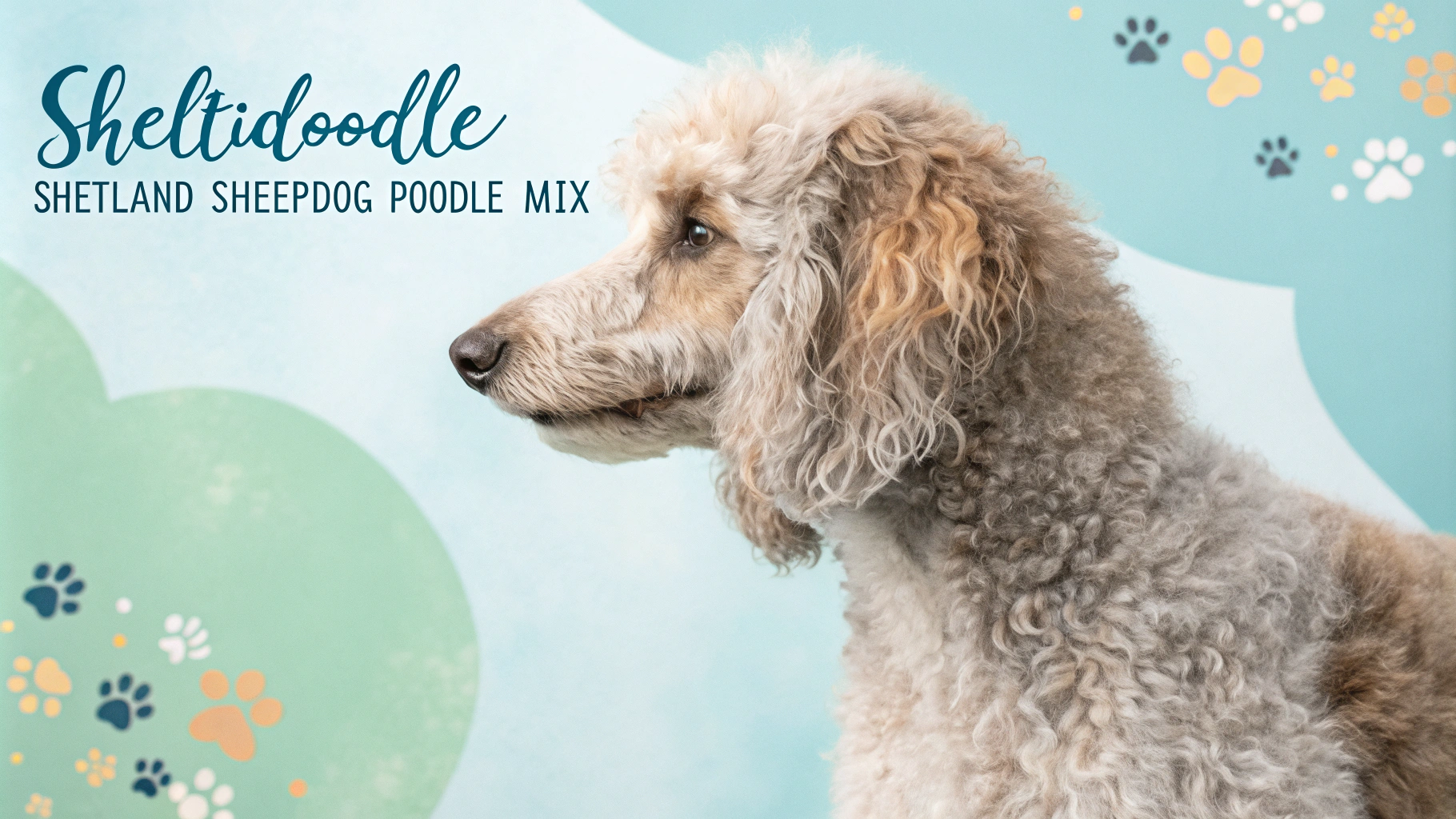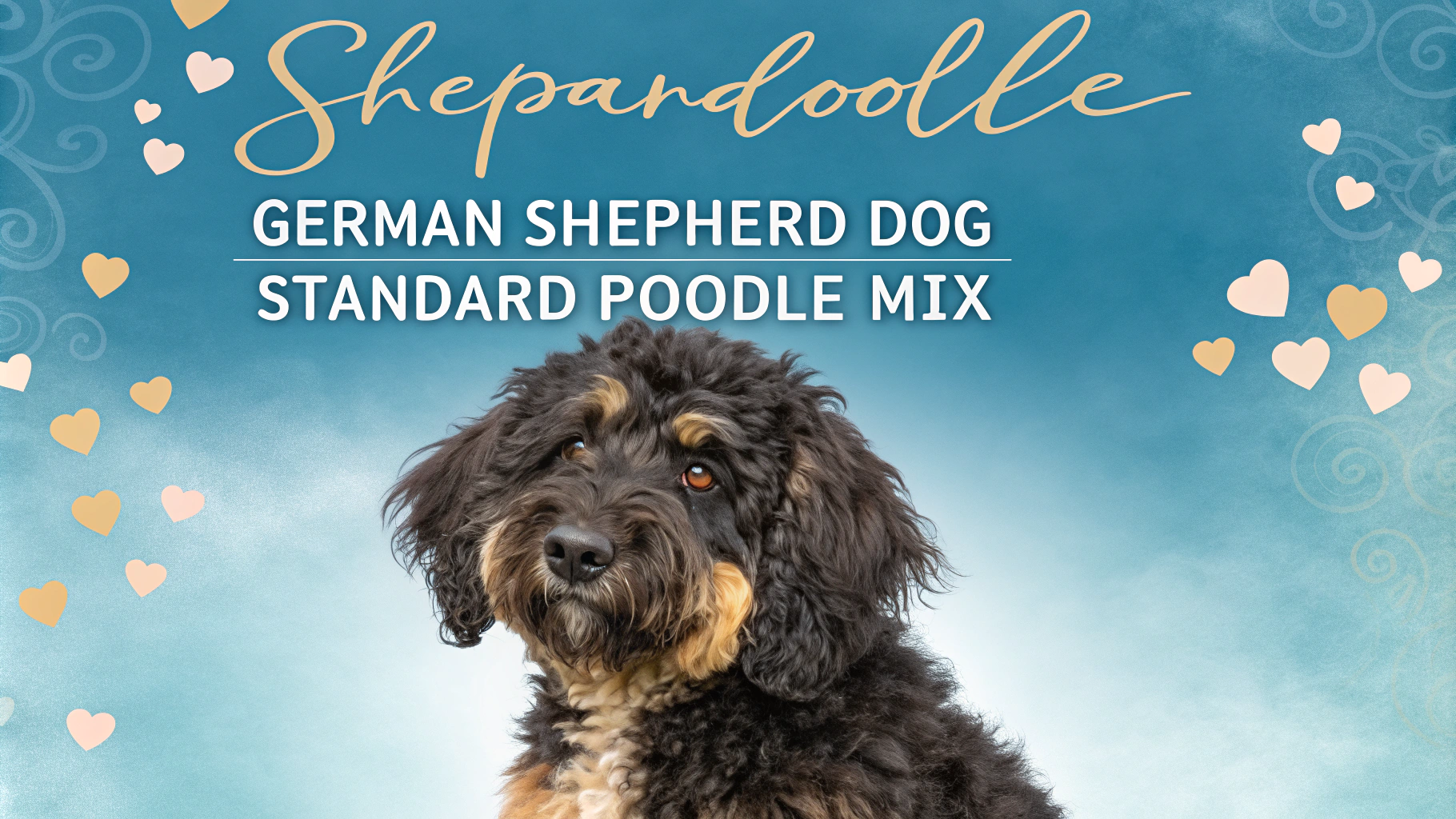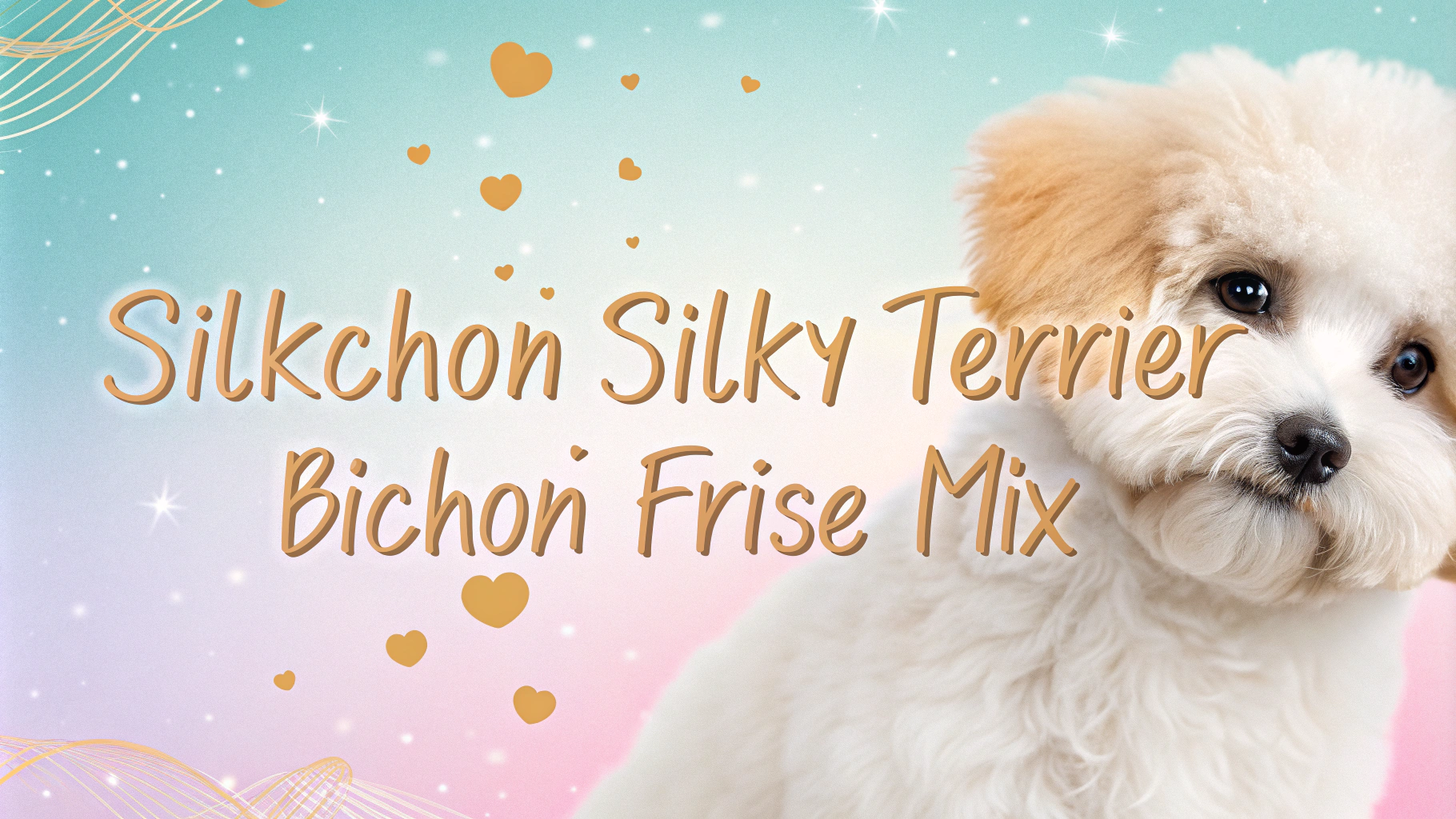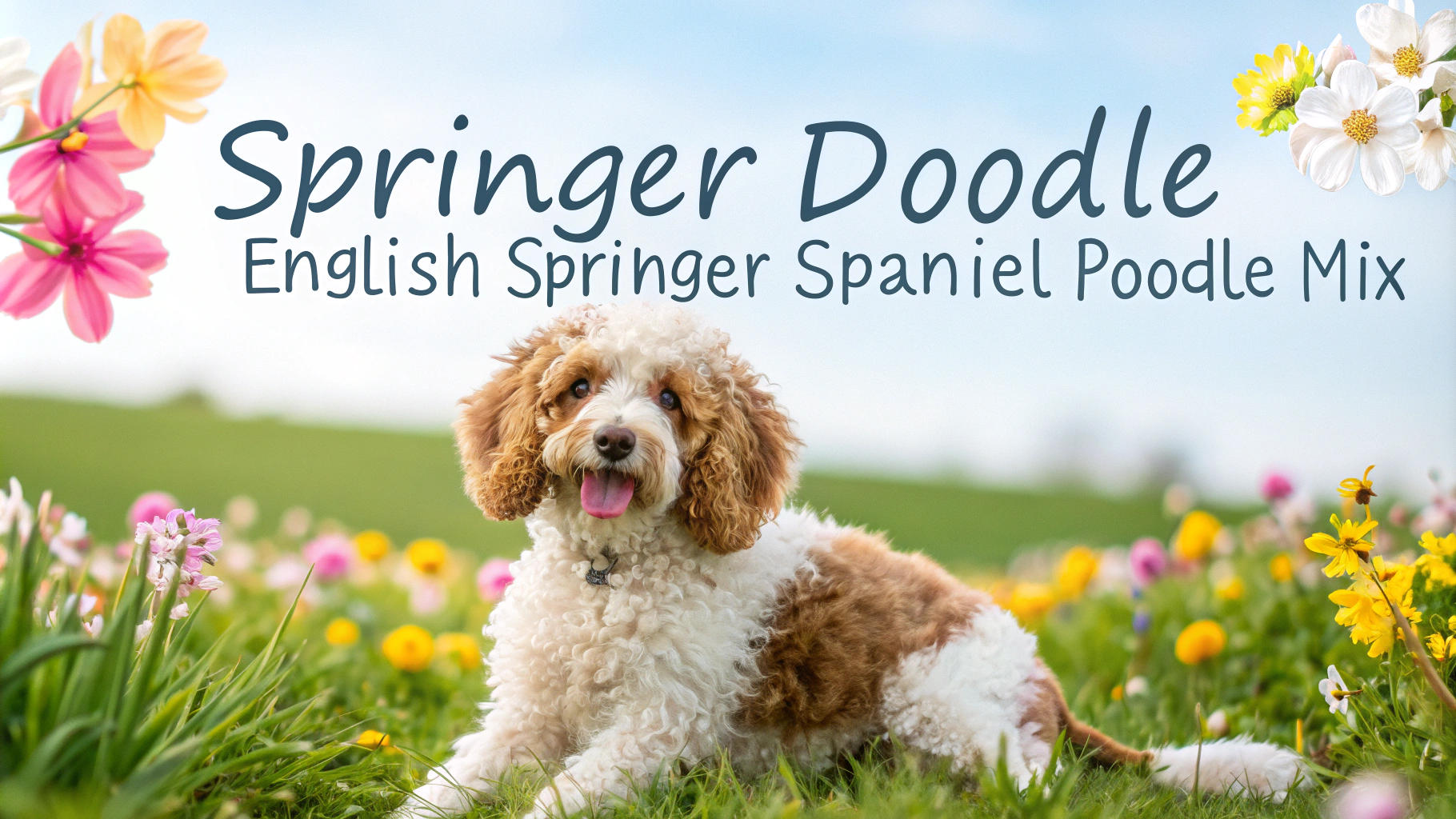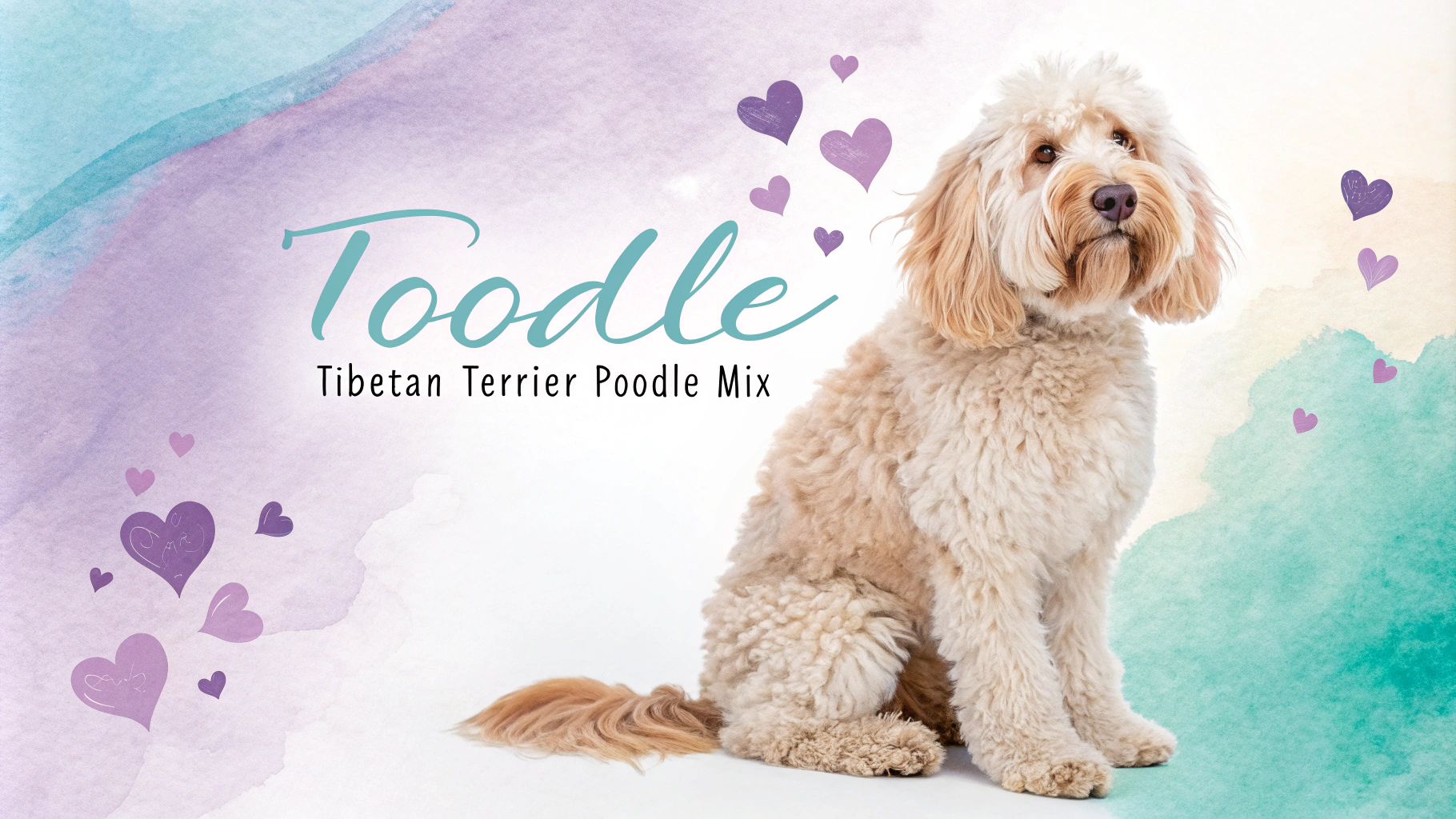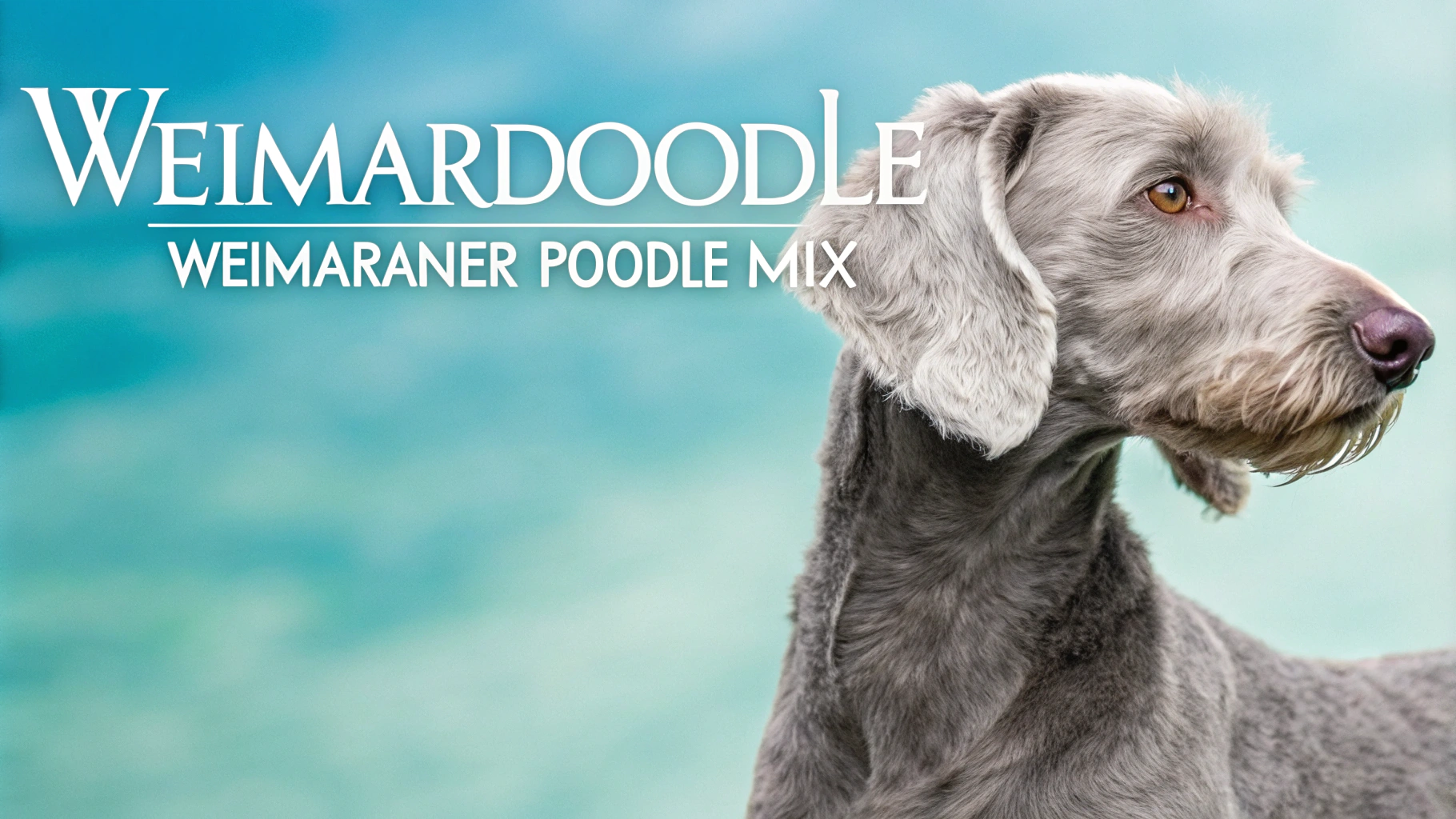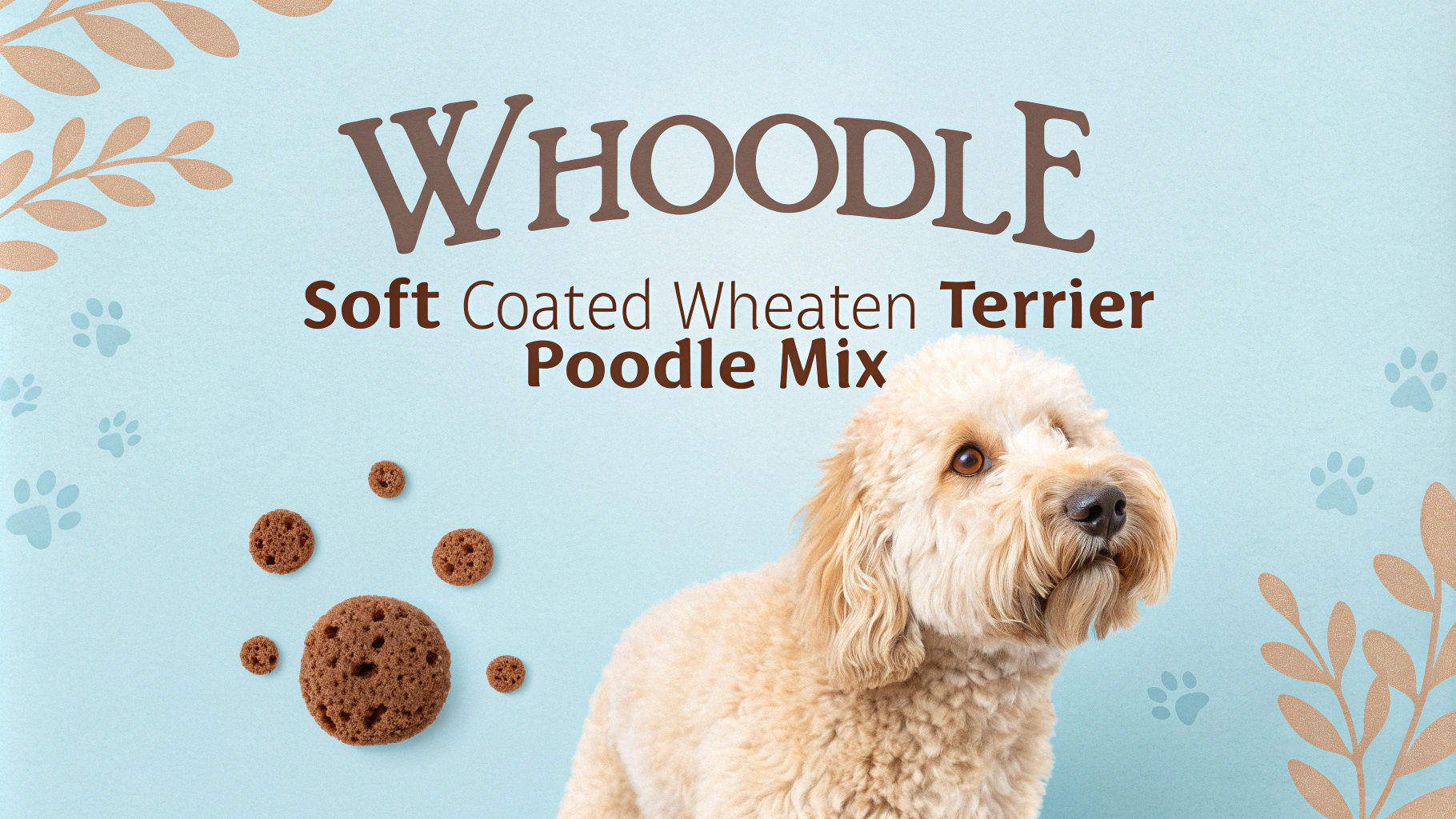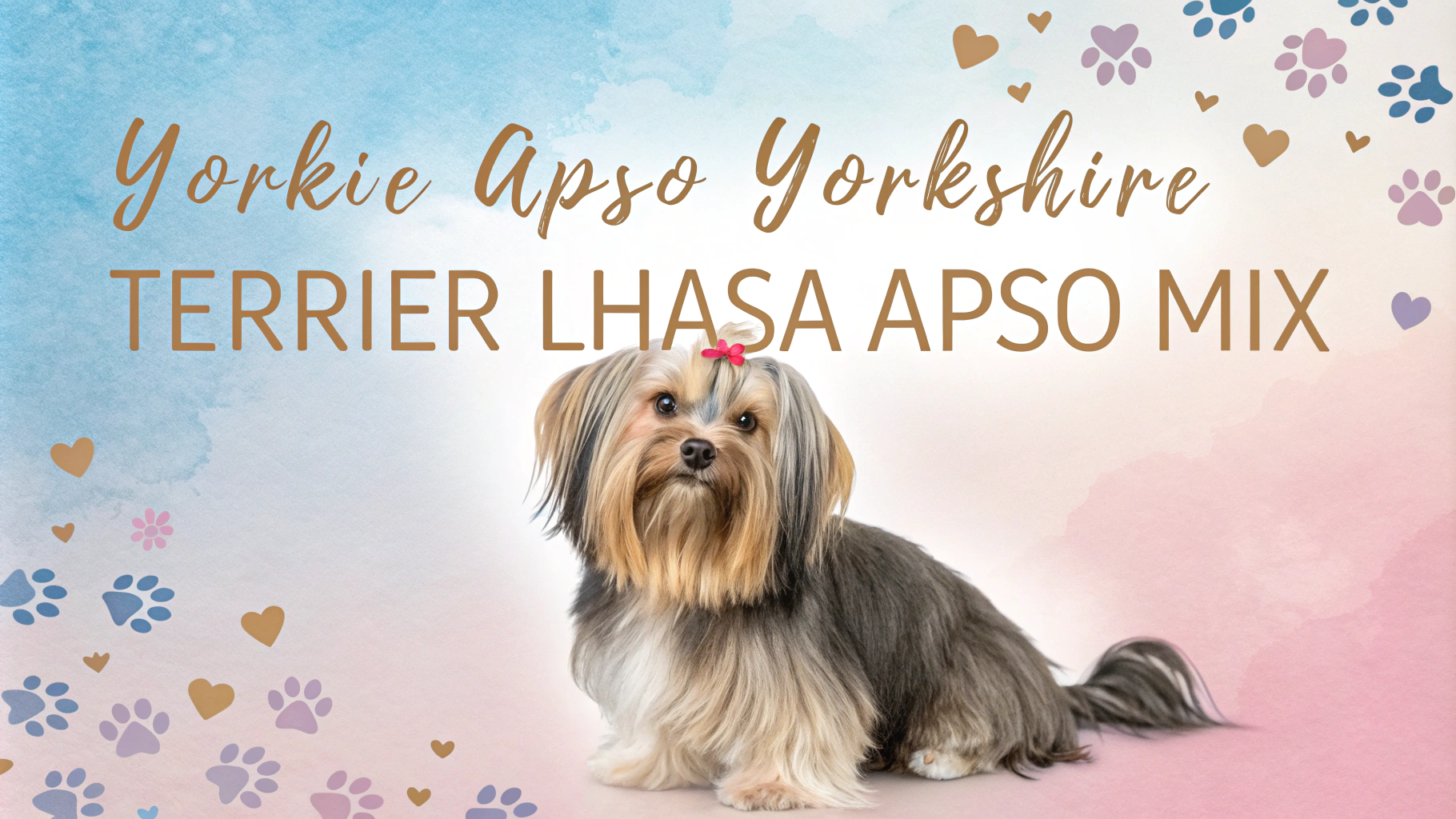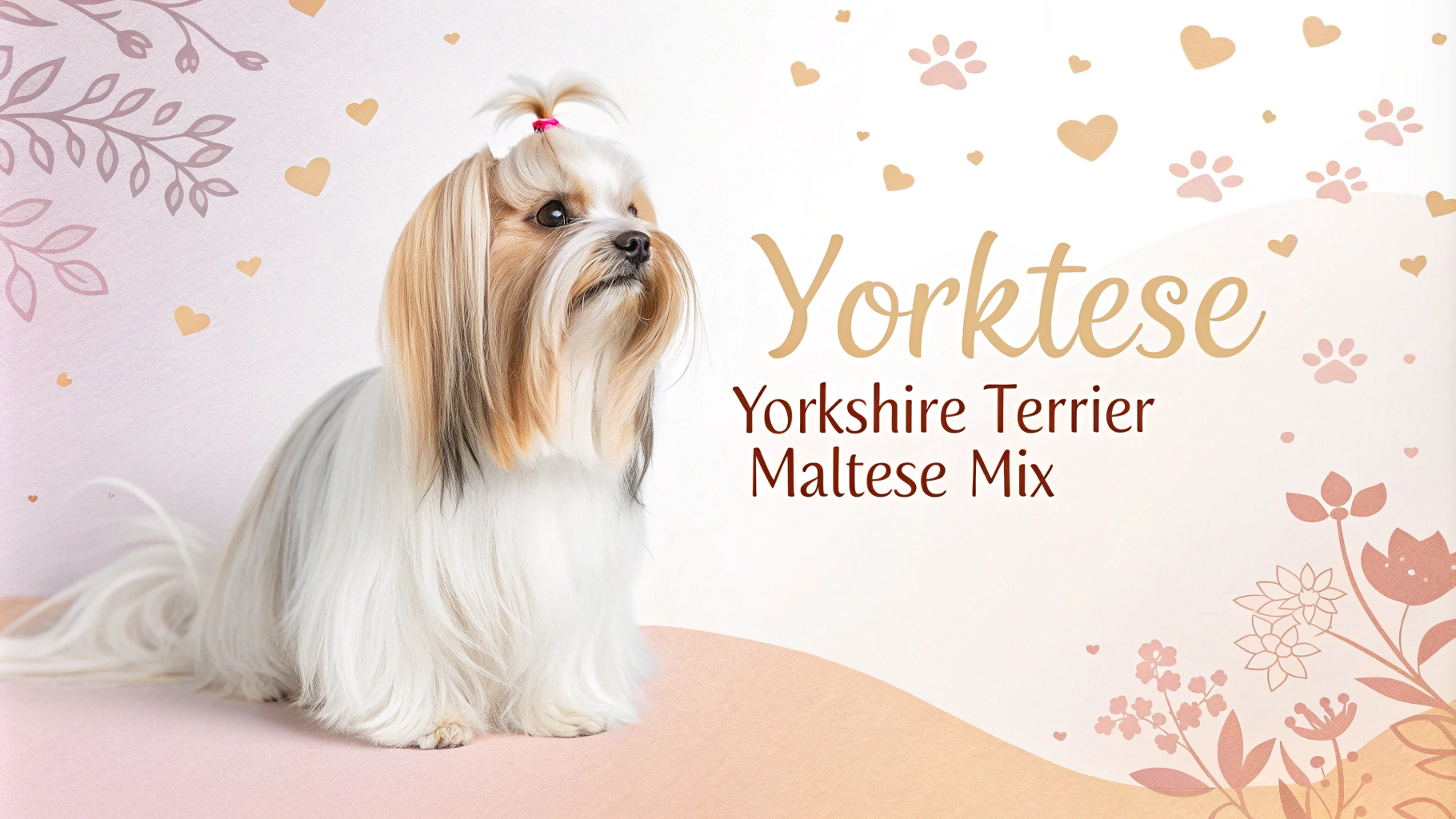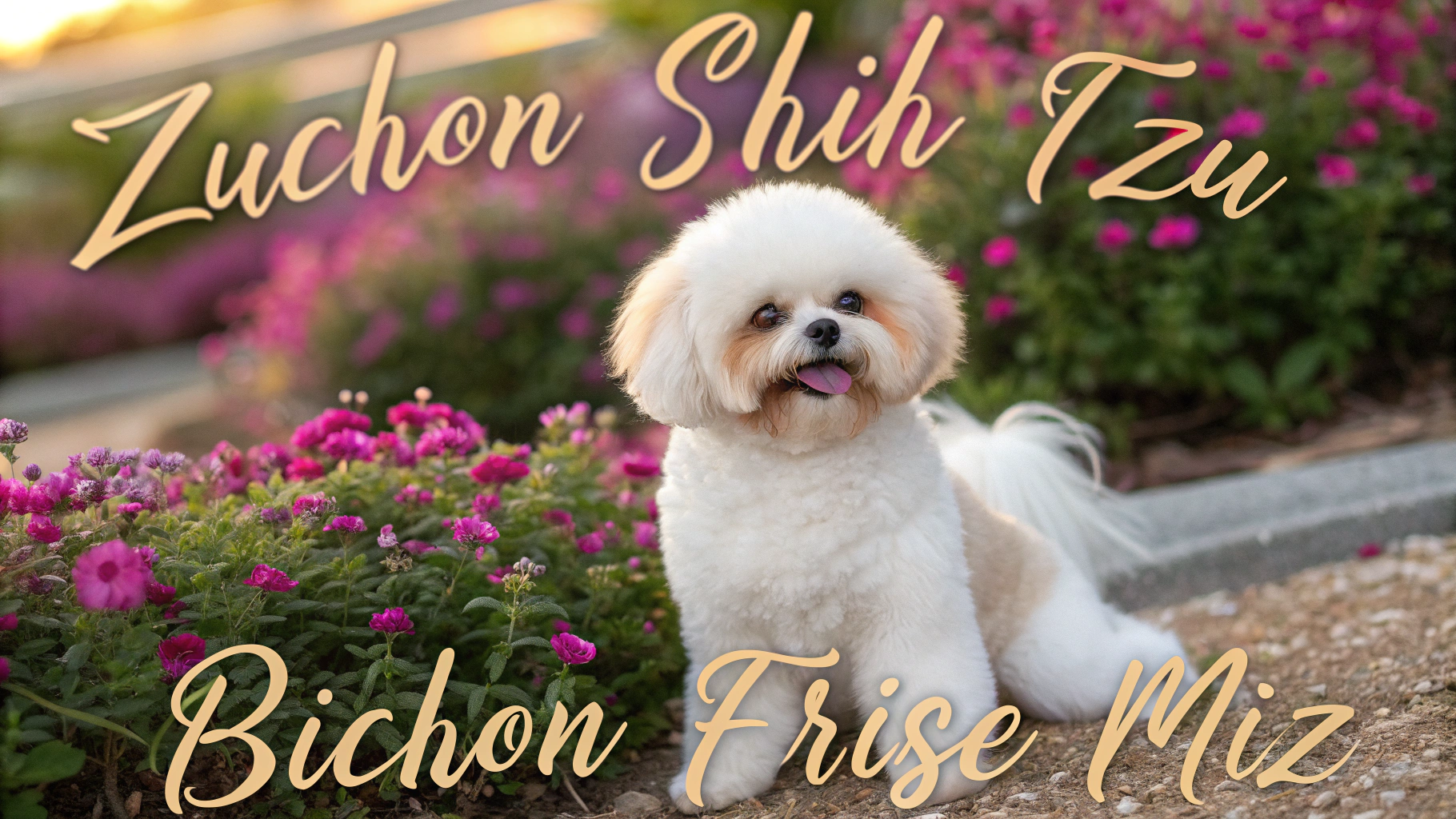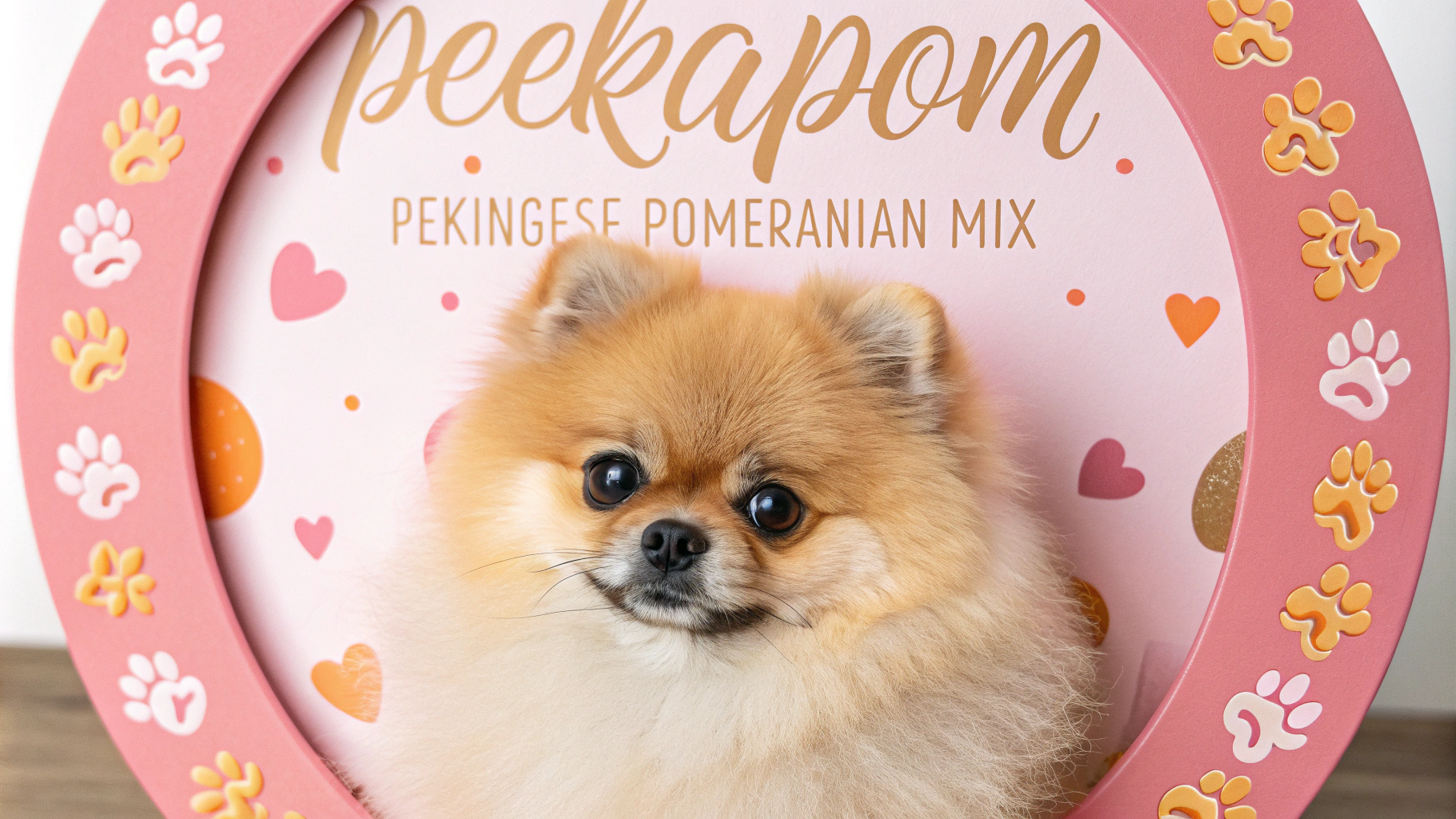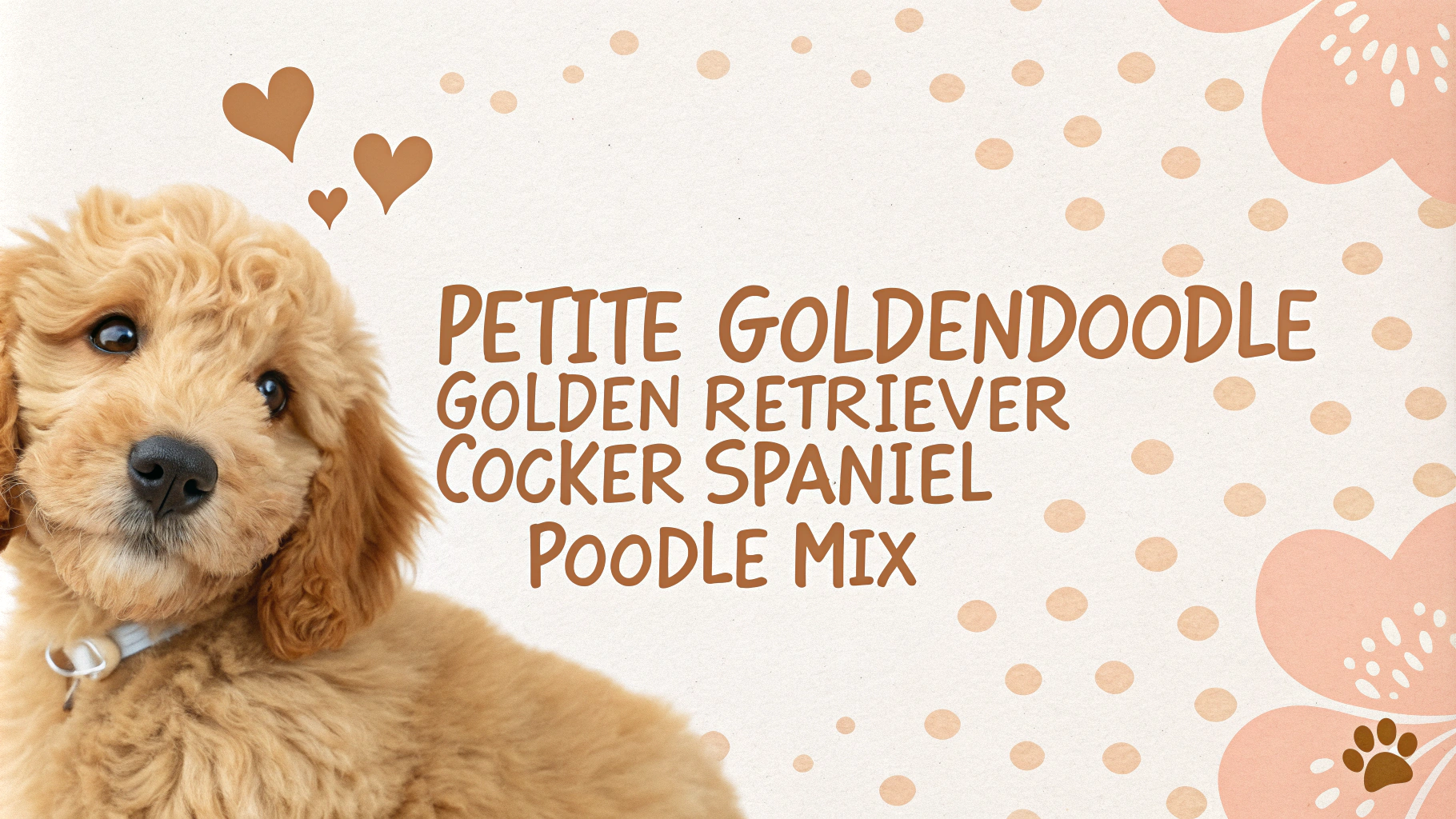The Rattle is a delightful mixed breed resulting from the cross between a Rat Terrier and a Poodle. This unique combination blends the intelligence and low-shedding coat of the Poodle with the energetic and alert nature of the Rat Terrier. Rattles are known for their lively personalities, adaptability, and potential to be excellent family companions. As with any mixed breed, individual Rattles may display a range of characteristics from both parent breeds.
Key Facts
- Size: Small to medium, typically 10-20 inches tall and weighing 10-25 pounds
- Lifespan: 12-16 years
- Coat: Can vary from short and smooth to longer and curly, often low-shedding
- Colors: Wide variety, including black, white, brown, cream, and various combinations
- Energy Level: Moderate to high
- Intelligence: High, inherited from both parent breeds
- Trainability: Generally easy to train due to intelligence and eagerness to please
- Good with Children: Yes, when properly socialized
- Good with Other Pets: Can be, but early socialization is important
Character Traits
Rattles inherit a blend of personality traits from their Rat Terrier and Poodle parents, resulting in a dog with a unique and often charming disposition. These mixed breeds are typically known for their high intelligence, which they inherit from both parent breeds. This intelligence often translates into a quick-learning ability and an eagerness to please their owners, making them relatively easy to train.
Energetic and playful, Rattles often maintain a puppy-like enthusiasm well into adulthood. They tend to be affectionate with their family members and can form strong bonds with their owners. The Rat Terrier influence may contribute to a strong prey drive and alertness, making them excellent watchdogs despite their small size. Meanwhile, the Poodle lineage often lends a sense of dignity and sometimes a touch of aloofness with strangers.
Rattles are generally social dogs and can get along well with children and other pets when properly socialized from a young age. However, they may inherit the Rat Terrier’s tendency to chase smaller animals, so supervision is recommended around very small pets. These dogs often have a curious and adventurous nature, enjoying exploration and mental stimulation.
Due to their intelligence and energy levels, Rattles require regular mental and physical exercise to prevent boredom and potential destructive behaviors. They typically thrive on attention and interaction with their families, and may not do well if left alone for extended periods. Some Rattles may inherit the Poodle’s sensitivity, making them responsive to their owner’s emotions and potentially prone to anxiety if not properly managed.
History & Origins
The Rattle is a relatively new mixed breed, part of the growing trend of “designer dogs” that began in the late 20th century. While the exact origins of the first intentional Rat Terrier and Poodle cross are not well-documented, it’s likely that this mix, like many others, gained popularity in the 1990s and 2000s as interest in hybrid dogs increased.
To understand the Rattle, it’s important to look at the history of its parent breeds. The Rat Terrier, despite its name, is an American breed developed in the early 1900s. Farmers created these dogs by crossing various terriers and other breeds to produce an efficient farm dog and vermin hunter. Rat Terriers were prized for their ability to control pests on farms and their versatility as both working dogs and family companions.
The Poodle, on the other hand, has a much longer and more illustrious history. Originating in Germany as a water retriever, the Poodle later became popular in France, where it was refined into the elegant breed we know today. Poodles are renowned for their intelligence, trainability, and hypoallergenic coat, which made them attractive partners for creating mixed breeds.
The combination of these two breeds in the Rattle aims to create a dog that possesses the Rat Terrier’s energy, alertness, and compact size, along with the Poodle’s intelligence, trainability, and potentially low-shedding coat. As with all mixed breeds, the characteristics of individual Rattles can vary significantly, depending on which traits they inherit from each parent.
Health Concerns
The Rattle, being a mix of Rat Terrier and Poodle, may inherit health issues common to both parent breeds. Some potential concerns include:
- Patellar luxation: A condition where the kneecap dislocates, potentially causing pain and lameness.
- Progressive Retinal Atrophy (PRA): An inherited eye disorder that can lead to blindness.
- Dental issues: Small breeds are prone to dental problems, so regular teeth cleaning is essential.
- Allergies: Both parent breeds can be susceptible to various allergies, including food and environmental allergies.
- Hip dysplasia: While more common in larger breeds, it can still occur in smaller dogs.
Regular veterinary check-ups, maintaining a healthy weight, and providing proper dental care can help mitigate some of these health risks. It’s also important to obtain a Rattle from a reputable breeder who conducts health screenings on their breeding dogs.
Exercise Needs
The Rattle is typically an energetic and active dog, inheriting the high energy levels of both the Rat Terrier and the Poodle. Their exercise needs include:
- Daily walks: At least 30-60 minutes of brisk walking or jogging per day.
- Playtime: Interactive play sessions with toys, fetch games, or agility exercises.
- Mental stimulation: Puzzle toys, training sessions, and scent work to engage their intelligent minds.
- Outdoor exploration: Supervised time in a securely fenced yard for sniffing and investigating.
The Rattle’s exercise routine should be tailored to their individual energy levels and age. Younger dogs may require more intense exercise, while older dogs might prefer gentler activities. Regardless of age, regular exercise is crucial for maintaining their physical and mental well-being, preventing behavioral issues, and keeping them at a healthy weight.
Space Requirements
The Rattle, being a small to medium-sized dog, is generally adaptable to various living situations. Their space requirements include:
- Indoor space: Sufficient room to move around comfortably, with designated areas for sleeping, eating, and playing.
- Outdoor access: A small yard or balcony is beneficial but not absolutely necessary if regular walks are provided.
- Exercise area: Access to a safe space for daily exercise, whether it’s a nearby park or a fenced yard.
- Mental stimulation space: Room for toys, puzzle feeders, and training activities to keep their minds engaged.
While Rattles can adapt to apartment living, they thrive best in environments where they have some outdoor space to explore. Their high energy levels mean they may become restless in very confined spaces without adequate exercise and stimulation. Regardless of living situation, providing a safe, comfortable indoor area and regular outdoor excursions is essential for their well-being.
Nutrition & Feeding
Proper nutrition is crucial for maintaining the health and vitality of a Rattle. Their dietary needs include:
- High-quality dog food: Choose a premium commercial dog food appropriate for their size, age, and activity level.
- Portion control: Monitor food intake to prevent obesity, which can lead to health issues.
- Feeding schedule: Typically, 2-3 small meals per day for adult Rattles, adjusting as needed based on age and activity level.
- Fresh water: Always provide access to clean, fresh water.
- Treats: Use in moderation for training or rewards, ensuring they don’t exceed 10% of daily caloric intake.
It’s important to note that individual Rattles may have specific dietary needs or sensitivities. Some may benefit from grain-free diets, while others might require special formulations for small breeds. Consult with a veterinarian to determine the best nutritional plan for your Rattle, especially if they have any health concerns or allergies. Regular monitoring of their weight and adjusting their diet accordingly will help maintain optimal health throughout their life.
Grooming Tips
The Rattle’s grooming needs can vary depending on which parent breed’s coat they inherit more strongly. Generally, they require moderate grooming attention. Here are some key grooming tips:
- Brushing: Brush your Rattle’s coat 2-3 times a week to prevent matting and remove loose hair. Use a slicker brush for longer coats or a bristle brush for shorter coats.
- Bathing: Bathe your Rattle every 4-6 weeks or as needed. Use a gentle dog shampoo to avoid skin irritation.
- Nail trimming: Trim nails regularly, typically every 2-3 weeks, to prevent overgrowth and discomfort.
- Ear cleaning: Check and clean ears weekly to prevent infections, especially if your Rattle has floppy ears like a Poodle.
- Dental care: Brush teeth 2-3 times a week to maintain good oral hygiene and prevent dental issues.
If your Rattle has a more Poodle-like coat, consider professional grooming every 6-8 weeks to maintain coat health and manage any potential matting. Regular grooming sessions also provide an opportunity to check for any skin issues, lumps, or abnormalities.
Training Approach
Rattles are generally intelligent and eager to please, making them relatively easy to train. However, they may inherit some stubbornness from their Rat Terrier parent. Here’s an effective training approach for Rattles:
- Positive reinforcement: Use treats, praise, and toys to reward good behavior. This encourages your Rattle to repeat desired actions.
- Consistency: Maintain consistent rules and commands across all family members to avoid confusion.
- Early socialization: Expose your Rattle to various people, animals, and environments from a young age to develop a well-rounded temperament.
- Mental stimulation: Incorporate puzzle toys and training games to keep your Rattle’s mind engaged and prevent boredom-related behaviors.
- Short training sessions: Keep training sessions brief (5-10 minutes) but frequent to maintain your Rattle’s interest and focus.
Start with basic obedience commands like sit, stay, come, and leave it. As your Rattle masters these, move on to more advanced tricks or agility training. Be patient and persistent, as some Rattles may show a stubborn streak inherited from their Rat Terrier lineage. Always end training sessions on a positive note to keep your Rattle motivated and eager for the next session.
